According to a survey by VTC News reporters, by the end of August 2023, interest rates at banks had dropped quite sharply, to below 8%/year for a 12-month term.
Accordingly, DongABank is one of the banks with the highest interest rate at 7.9%/year for a 12-month term. Next are Nam A Bank and NCB, both listing interest rates at 7.1%, followed by VietABank at 7%. State-owned commercial banks have the lowest interest rates at 5.8%.
For the 6-month term, DongABank continues to be the bank with the highest interest rate at 7.55%/year, followed by Nam A Bank (6.7%/year), PVcomBank (6.7%/year), VietABank (6.8%/year), NCB (6.9%/year).
For the 3-month term, the highest interest rate belongs to some banks such as BAOVIET Bank, GPBank, Kienlong Bank with the rate of 4.75%/year. The next is Nam A Bank with the listed interest rate of 4.65%/year.
Thus, after continuous decline, the interest rate level has almost returned to the level of a year ago. According to experts, with interest rates falling sharply, money will flow to profitable investment channels, especially real estate.
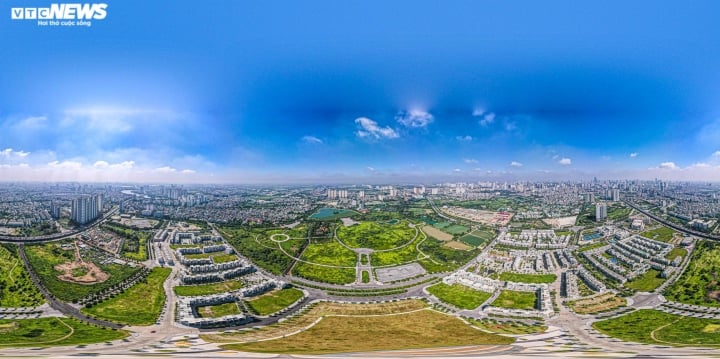
Many experts say the real estate market has the opportunity to receive a large cash flow at the end of the year. (Illustration photo)
Mr. Nguyen Quoc Anh - Deputy General Director of Batdongsan.com.vn said that at the end of 2022, the interest rates mobilized at many banks reached a high level, so people started to switch to saving in banks after a long time pouring into real estate. However, the end of 2023 will be a key time when a large amount of bank deposits mature and this is when investors decide whether the cash flow will return to the real estate market or not. Notably, when the interest rate drops below 10% as it is now, this idle money source can return, helping the real estate market recover.
Sharing the same view, Chairman of the Vietnam Association of Realtors (VARS) Nguyen Van Dinh also said that if the lending interest rate is reduced, applied to both new and old loans, it will help reduce the financial pressure of investors. Accordingly, there will be no more price reductions and reckless sales of real estate products, especially in the land segment.
Lower interest rates are a good sign for the real estate market, solving the liquidity problem. Because for a long time, high interest rates have made buyers hesitant to spend money, thereby reducing liquidity.
If the mobilization interest rate is adjusted down to 5%, investment cash flow will be withdrawn from banks to return to increase investment and transactions in the real estate market.
" If optimistic, the real estate market will start to become active from the end of the third quarter of this year, buyers will put down money to reactivate liquidity, " Mr. Dinh predicted.
WiGroup Joint Stock Company also analyzed that the decrease in lending interest rates will be the main driving force for the entire real estate industry to recover.
Currently, the mobilization interest rate has been adjusted from the first quarter of 2023, the development of lending interest rates has been delayed but continues to decrease. At the same time, the legal corridor has been removed to help reopen the real estate supply. The social housing segment benefits from many support policies of the Government, which is also an important catalyst for the market.
Currently, investor sentiment has improved, project investment procedures have been cleared, banks have reduced interest rates, banks have increased loan limits, public investment disbursement has accelerated, stimulating consumption and tourism ... These factors are helping real estate transactions increase.
Ngoc Vy
Source




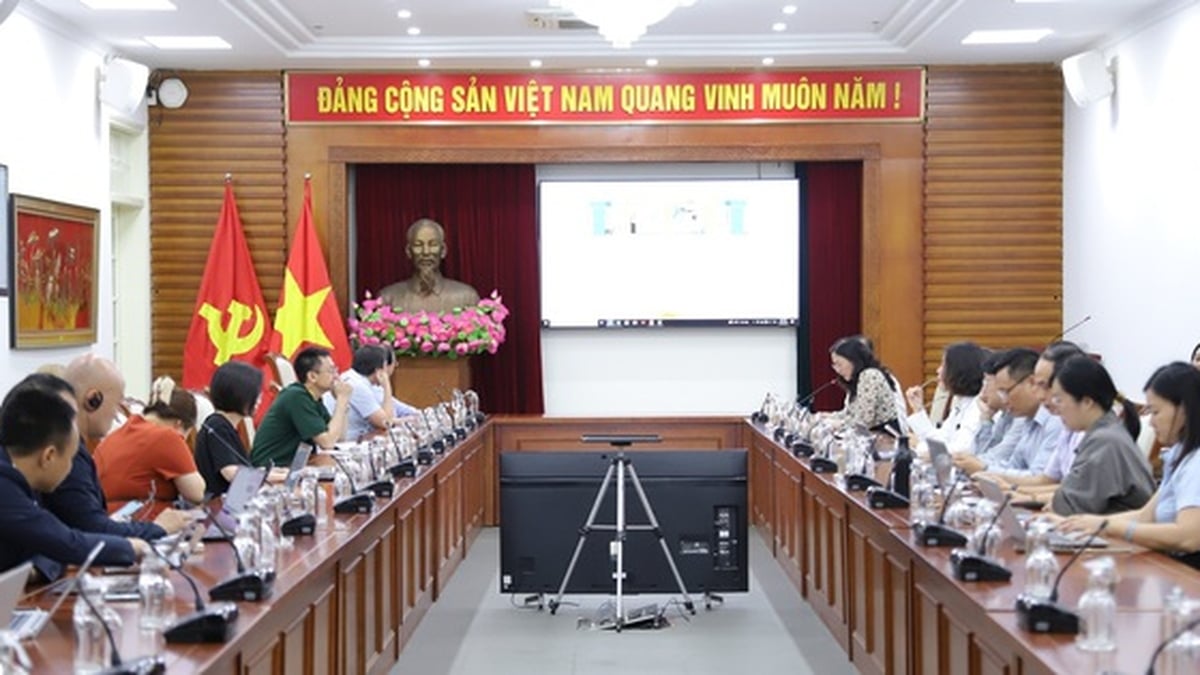
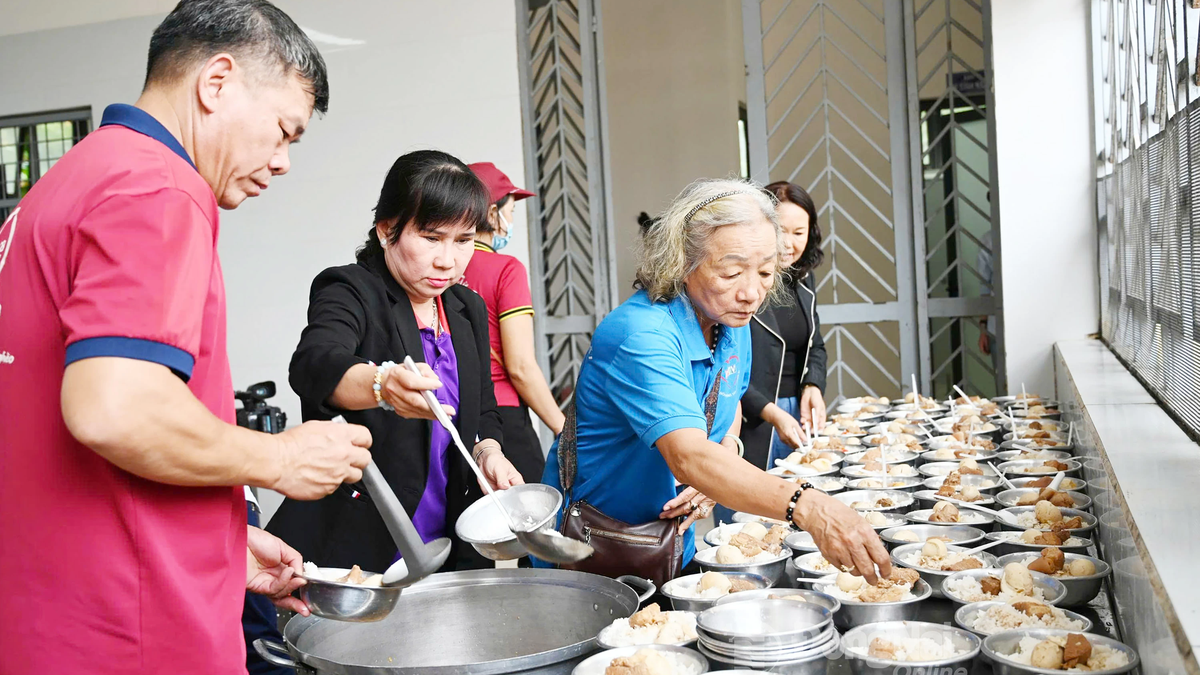

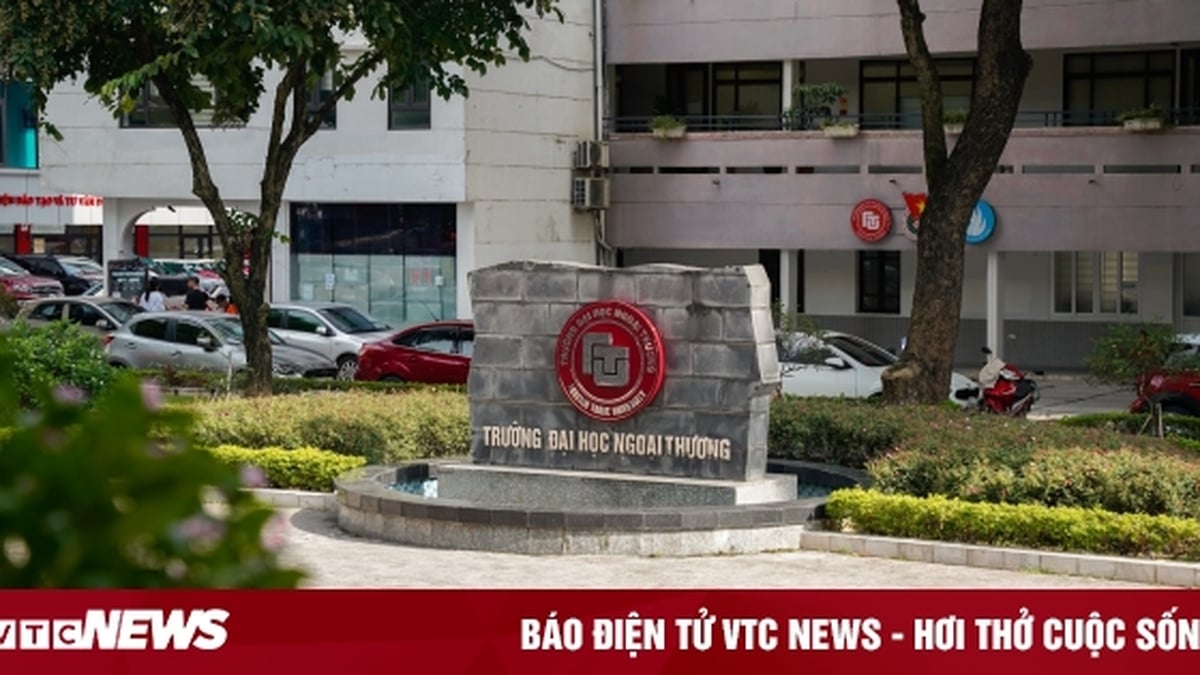

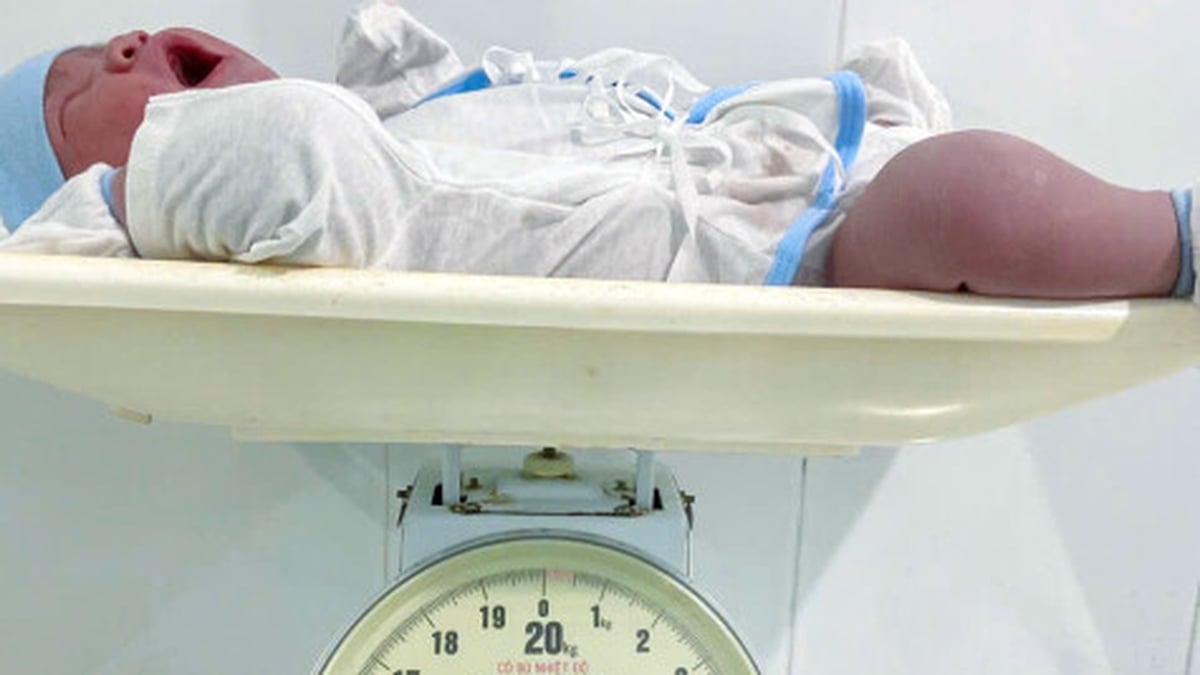

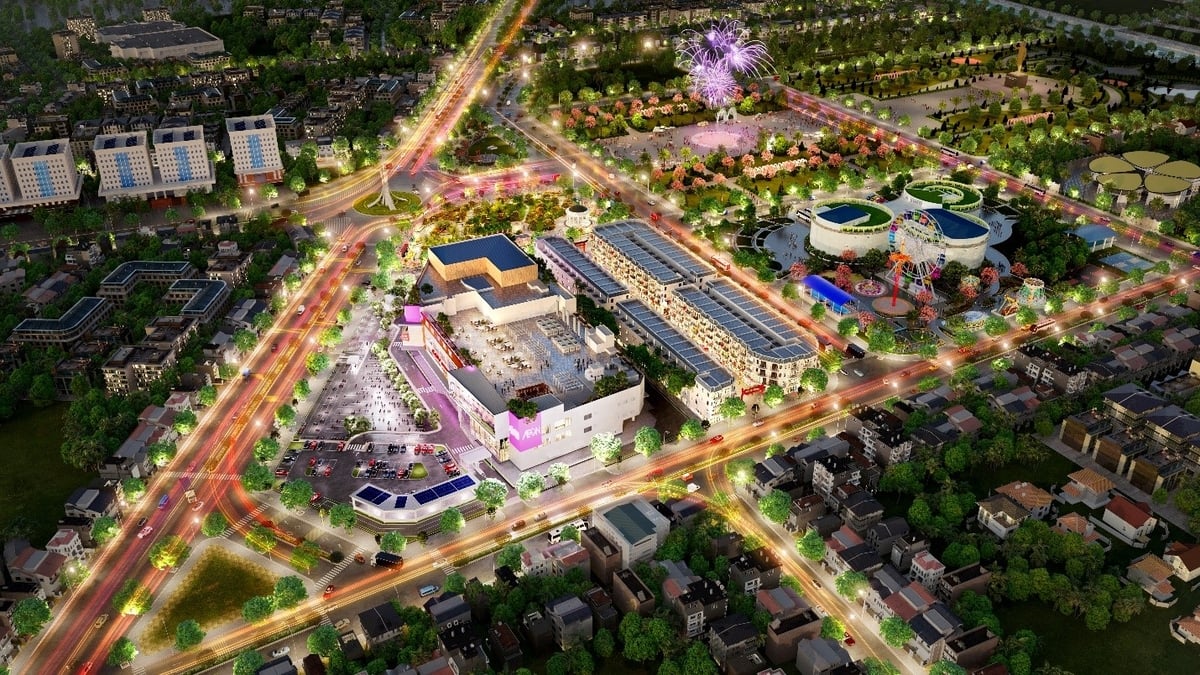
















![[Photo] National Assembly Chairman Tran Thanh Man visits Vietnamese Heroic Mother Ta Thi Tran](https://vphoto.vietnam.vn/thumb/1200x675/vietnam/resource/IMAGE/2025/7/20/765c0bd057dd44ad83ab89fe0255b783)







































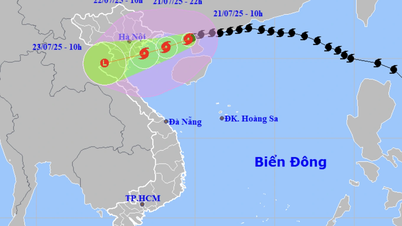



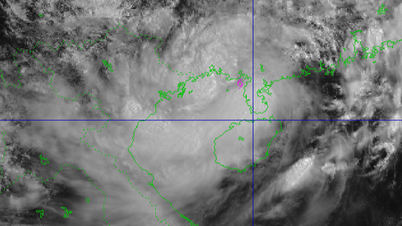



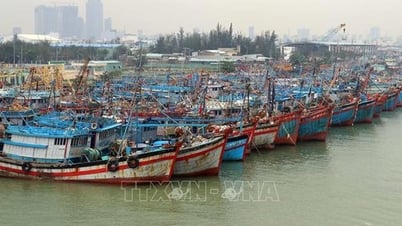


























Comment (0)